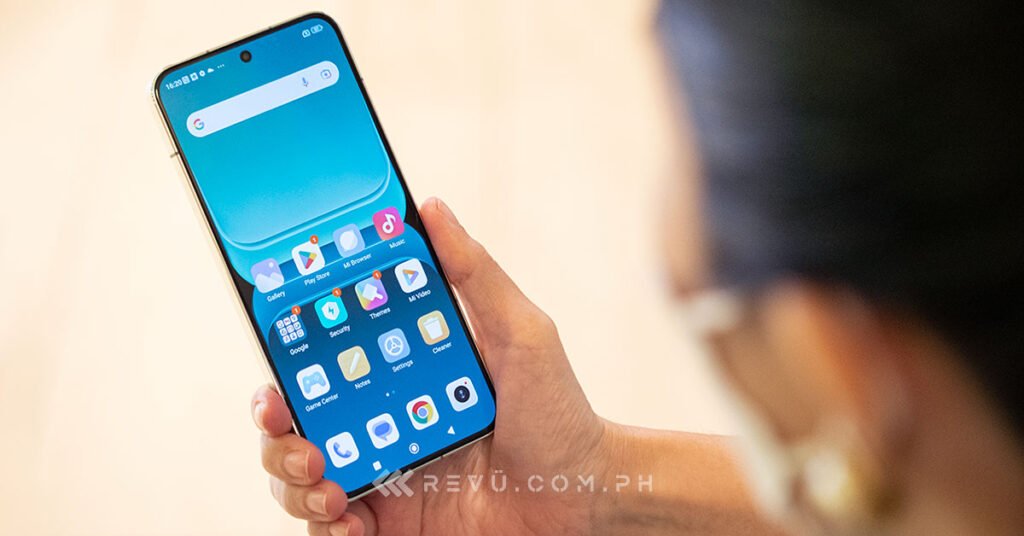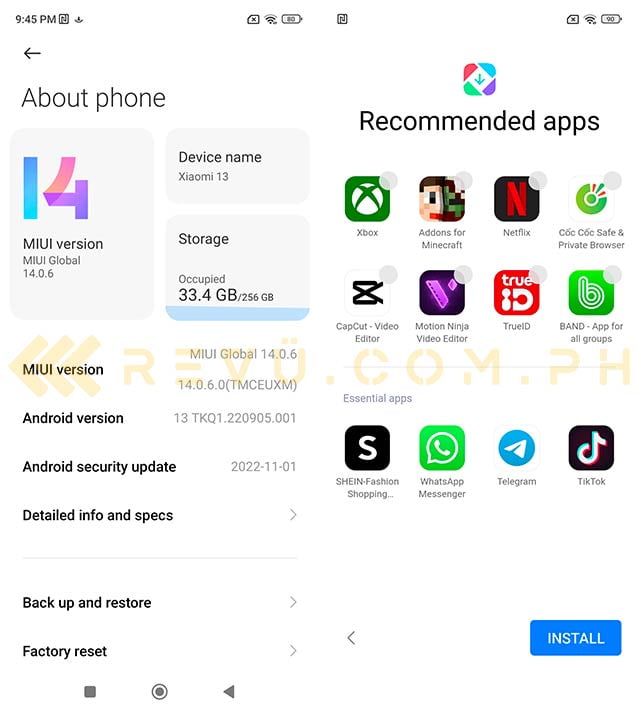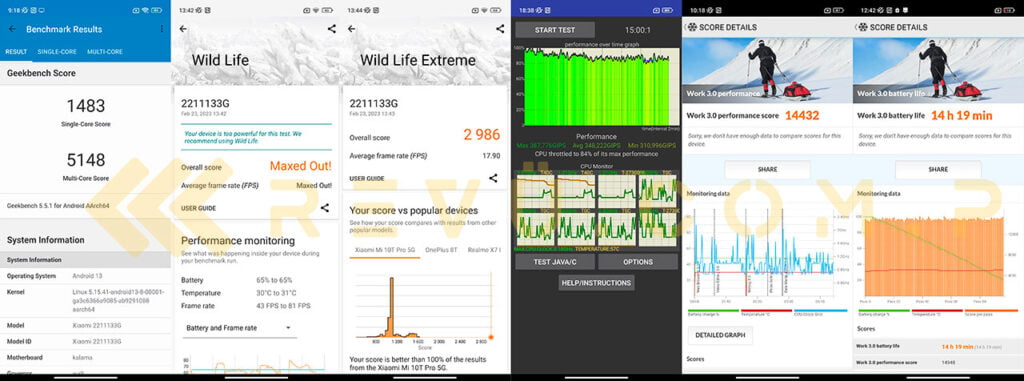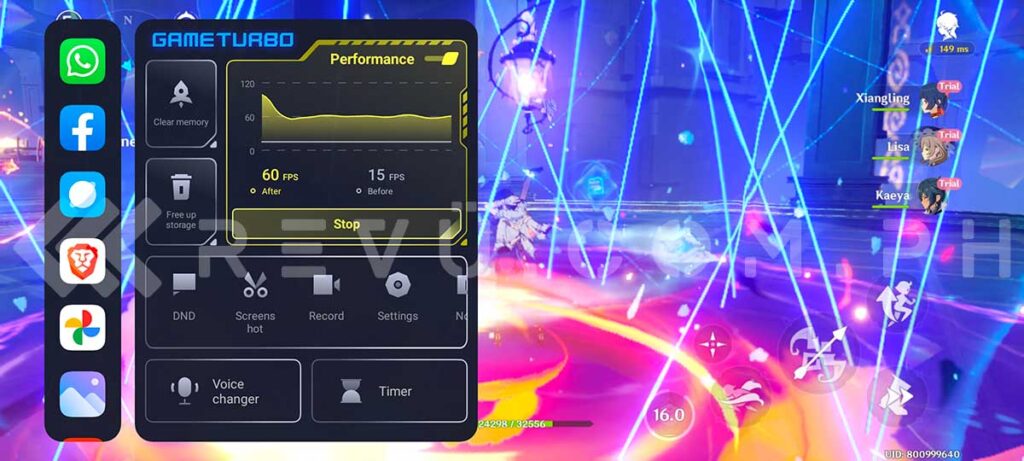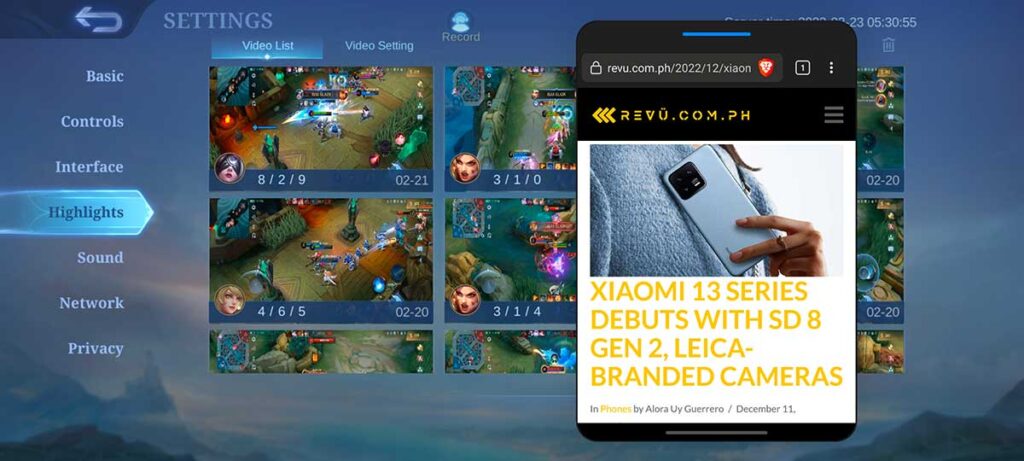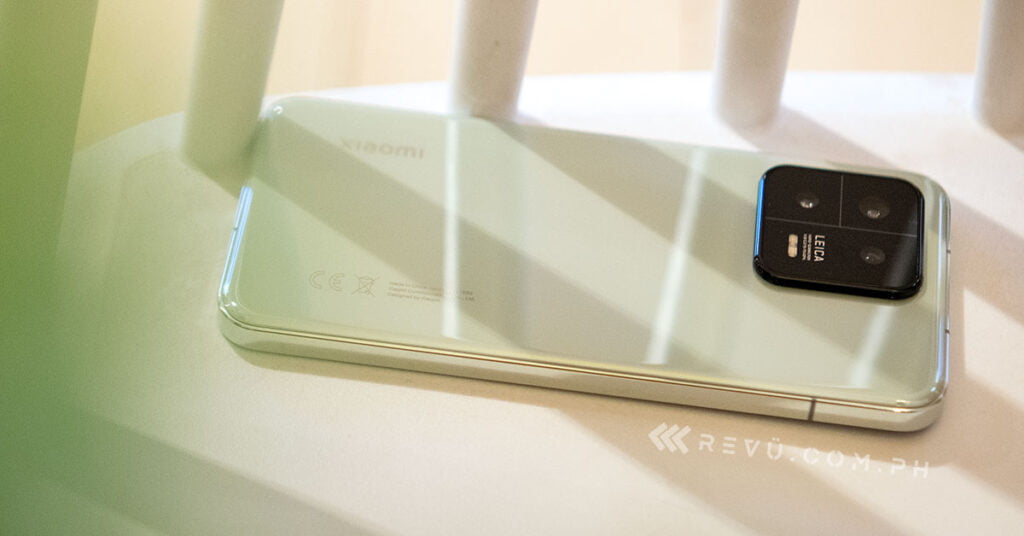After proving that smaller can indeed be better with last generation’s Xiaomi 12, Xiaomi is back with another compact-sized flagship. The Xiaomi 13 improves on the formula established by its predecessor, while becoming even more competitive against larger smartphones.
(Update, February 27: Check out the global pricing and other details of the Xiaomi 13 Pro and Xiaomi 13!)
Equipped with Leica camera branding and Qualcomm’s fastest processor to date, the Xiaomi 13 is premium through and through. The rest of the feature list is simply complete. On the surface, it’s tough to find any fault in this handset.
Is 13 Xiaomi’s lucky number? By the looks of it, this could be the Chinese company’s best flagship in years.
Not too big, not too small
In spite of all the compact talk, the Xiaomi 13’s display is actually larger than its predecessor’s. It’s now a 6.36-inch 1080p OLED display, except the frame is only a couple of millimeters wider and thicker than the Xiaomi 12’s. The bezels are noticeably slimmer to compensate for this, plus they’re symmetrical on all sides.
In hand, the Xiaomi 13 does seem hefty for a compact smartphone, but not enough to feel tight in one’s pocket. Although the bundled silicone case adds to the bulk, it helps cover the already-thin bezels, making the black bars almost disappear. It also evens out the back panel; without it, the rear camera hump causes serious wobble on a table.
The rear panel is slightly curved for easier grip, at the expense of creating a minor gap against the flat aluminum frame. The bottom contains the dual-SIM card tray, USB-C port, and one half of the stereo speakers. The right side houses the volume and power buttons, keeping the left free of blemishes. The top end is much busier with a pair of microphones, IR blaster, and the second loudspeaker. Here’s the best part: the body is IP68-certified, meaning it can withstand large amounts of water and dust.
For the color-conscious, Xiaomi offers a variety of options for this model. We received the more subtle Flora Green. The colored panel is a fingerprint magnet and doesn’t feel premium compared to the glass front and aluminum frame.
Features galore
The Xiaomi 13’s display supports a bevy of features, including a 120Hz refresh rate, 1,900 nits of brightness, and support for HDR10+ and Dolby Vision. The stereo speakers, in turn, provide Dolby Atmos tuning, which improves the clarity and dynamic range of any audio you play. These all translate to a grand viewing experience on YouTube, Netflix, or any other streaming service.
In line with the 13 theme, this Xiaomi comes with Android 13 out of the box. MIUI 14 is layered on top to add functionality to the operating system. Compared to previous versions, MIUI 14 offers better home-screen customization, additional visual options around the user interface, and more control over notification and privacy settings. More importantly, it’s designed to be faster and more stable. During our time with the Xiaomi 13, we didn’t experience any major lag or forced restart.
To our delight, a lot of the preinstalled apps can be removed. You can go as far as uninstalling the built-in calculator, weather, and file apps so you could download your own. Curiously, you’re forced to have two SMS apps; neither can be uninstalled. You must also keep GetApps, even if you exclusively use Google’s Play Store. All in all, it’s a relatively bloat-free experience.
Finally, there’s 67-watt wired charging powered by the bundled charger. It fills up the Xiaomi 13’s 4,500mAh battery in only 42 minutes. You also have the choice of wirelessly charging at 50 watts. If you want to wirelessly charge other devices, like your earbuds, you can do so at 10 watts on the back of the Xiaomi 13.
Latest-generation power
The Snapdragon 8 Gen 2 is the star of the show. It’s not only faster than its predecessor, but more efficient as well. In the PCMark battery-endurance test, we pulled off 14 hours and 19 minutes. That’s a massive improvement over the Xiaomi 12’s 10 hours and 56 minutes with its Snapdragon 8 Gen 1 chipset. The new chip also runs a little cooler, although we still experienced throttling after about 10 minutes of consistently heavy usage.
We were impressed by how well the Xiaomi 13 handled Genshin Impact. It could max out the graphics and resolution without hiccups. The frame rate stayed at a steady 60 frames per second even during intense gameplay. It’s so smooth that we believed it could go over 60fps if not for the game’s limiter. Again, slowdowns happened only after 10 minutes of playtime, but not enough to hinder the experience.
Xiaomi includes its own Game Turbo mode, which you can access with a swipe from the left side of the screen while gaming. Here you’ll find options to boost performance and clear background apps. Considering how fast the Xiaomi 13 is, we never felt the need to activate these functions. Being able to open apps within a game was more impressive. For instance, we could browse Twitter while loading a match in Mobile Legends.
A more complete camera array
Another improvement over the last generation’s model is the camera setup; there are no unnecessary modules this time. The Xiaomi 13 has a 50-megapixel main camera, along with 12-megapixel ultrawide and 10-megapixel telephoto rear cameras. The front’s punch-hole camera has a 32-megapixel sensor.
We were impressed by the consistency of each camera. Going from ultrawide to telephoto doesn’t cause much of a shift in color and contrast. You can seamlessly switch from one camera to another and expect the same overall look. With the exception of certain nighttime situations, the cameras were fast, sharp, and dynamic in range. Portraits from both the rear and front cameras delivered lots of clarity and nicely blurred backgrounds.
Sample shots
Thanks to the Xiaomi 13’s powerhouse of a processor, you can record up to 8K resolution footage. It maxes out at 24 frames per second, but you could step down to 4K resolution to reach 60 frames per second. Audio from our recordings was as crisp as the video quality itself.
As mentioned earlier, camera manufacturer Leica assisted with the making of the Xiaomi 13’s shooters. However, it seems like Leica’s involvement is only skin-deep. When you first start up the camera app, you’re given two color calibration choices: Leica Vibrant and Leica Authentic. The former is simply more saturated, and the latter has a more natural tone. Choosing one over the other comes down to personal preference.
Final thoughts
Whatever the Xiaomi 12 lacked, the Xiaomi 13 fixed. The newer model has a superior set of cameras, multimedia features, and battery life. This is a perfect example of recognizing a device’s weaknesses and improving on each one. Xiaomi made it a point to make a near-perfect compact flagship this time.
The variant we reviewed comes with 12GB of RAM and 256GB of storage. We’ll update this with global price and availability details as soon as they’re announced.
Xiaomi 13 specs
- 6.36-inch 1080p OLED display, 120Hz refresh rate
- Qualcomm Snapdragon 8 Gen 2 processor
- 8GB/12GB RAM
- 128GB/256GB/512GB storage
- 50-megapixel main, 12-megapixel ultrawide, 10-megapixel telephoto rear cameras
- 32-megapixel front camera
- Under-display fingerprint reader
- Stereo speakers
- 4,500mAh battery
- 67-watt wired charging, 50-watt wireless charging, 10-watt reverse wireless charging
- MIUI 14 based on Android 13
- IP68 certification
- Color options: Black, light blue, light green, and white; vibrant red, blue, yellow, and green, and gray (limited-edition colors)
Share this Post



